We find lots of lovely flora and fauna on our little adventure in the bog yesterday, this was one of them and the children thought it would make a good Mystery Creature…. can you name it?


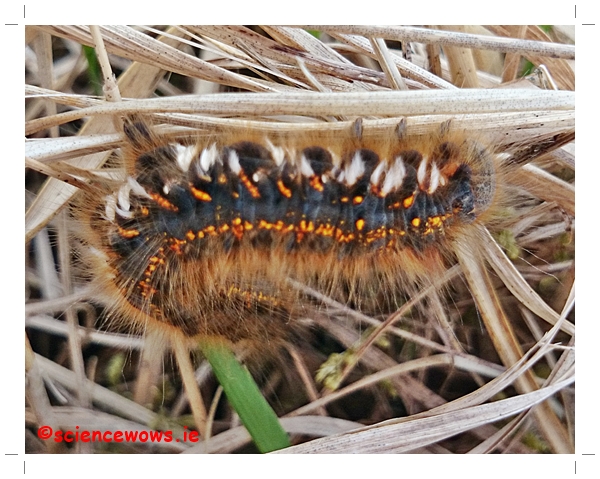
Science, Curiosity and Life

We find lots of lovely flora and fauna on our little adventure in the bog yesterday, this was one of them and the children thought it would make a good Mystery Creature…. can you name it?



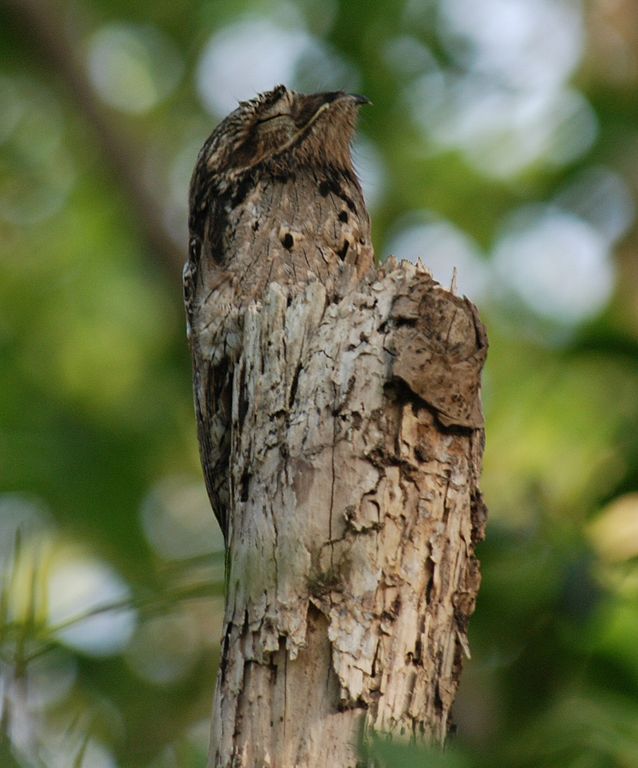
The weeks are flying by… and with each one another Mystery Creature… this week’s is a bird… well camouflaged in the photo but do you know what it is?

If you want to find out what this bird is… check out this post.
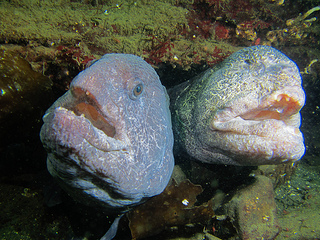
Did you guess this week’s Mystery Creature? It was the Wolf Eel (Anarrhichthys ocellatus) a bit of a misnomer really as it is not an eel at all, but a fish.
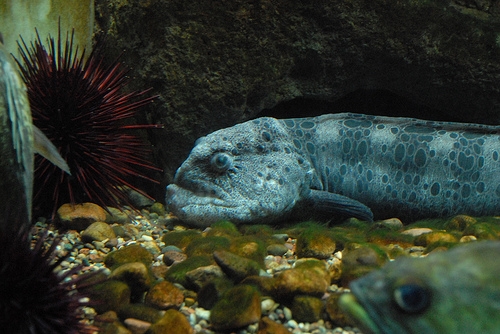
1. They belong to the wolffish family but are the only species within the family with these long eel like bodies; their appearance is quite like a normal fish at the head end but then their bodies can extend to eight feet (nearly two and a half metres) long;
2. Wolf eels are found in the North pacific ocean – covering a range from Japan to Southern California
3. They like to live in deep crevices or caves and often compete with octopus for such prized dwellings
4. They are quiet, solitary creatures, but can be quite aggressive when it comes to their territory; they will fight other wolf eels, octopus and, it has been suggested that they will even ward off sharks
5. They have a mouth full of powerful teeth… three rows on the top and two on the bottom; these teeth are helpful for cracking open the shells of the crabs, sea urchins and other shellfish on which they like to dine.
6. These animals do not pose much of a threat to humans in the water, divers usually report them as gentle and curious

7. Wolf eels usually mate for life; A female can lay up to 10,000 eggs at a time, coiling her body around the eggs protectively
8. Both parents guard the eggs, the male will often take his turn coiled around the eggs or even coiled around the female as she guards the egg, for added protection
9. They lack a swim bladder and much therefore stay in constant swimming motion to stay afloat. They swim by moving their bodies in an S shape, much like a snake moves across the ground; they are slow moving creatures
10. Wolf eels can live for more than 20 years. They usually do not start to reproduce until about seven years old.
Suggested further reading:
The Marine Detective – No ugly fish
Monterey Bay Aquarium on the Wolf Eel


Did you guess this week’s Mystery Creature? It was the Bombardier Beetle… a little bug that packs a big punch when threatened!

When the bonbardier beetle is threatened it uses some serious chemical warfare against the predator – shooting a hot burning chemical spray out his rear end! Although more than 500 of these ground beetles exist they all have the same method of defense. It is all down to the storage of two chemicals (in most species – hydrogen peroxide and hydroquinone), within a reservoir in the abdomen of the beetle. When threatened the beetle releases both chemicals into another chamber – a thick walled firing chamber where catalytic enzymes are release kicking off the reaction. Temperatures rapidly rise to near boiling causing an explosion that propels the hot toxic spray out valves at the tip of the abdomen. The spray is accompanied by a short popping sound.
It seems these impressive defense mechanisms are even inspiring research into aircraft safety mechanisms in the event of engine failure!
Bombardier beetles belong to the family Carabediae and are found on all continents except Antartica.

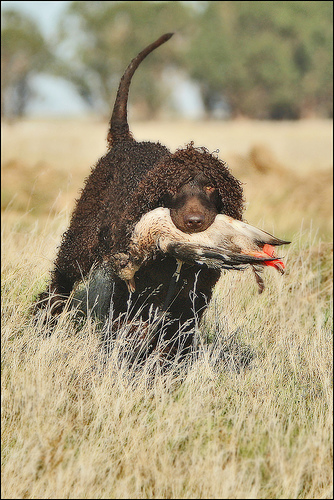
As it is St. Patrick’s Day today and the Irish are celebration all over the world, this week’s Mystery Monday post is a medley of native Irish animals…. can you name them?
1. St. Patrick supposedly banished all the snakes from our Emerald Isle, but here is a reptile he left behind… the only native Irish reptile… do you know what it is?

2. There are a lot of native Irish dogs to celebrate but here is just one… can you name it?

3. The dairy herd is still very strong in Ireland, can you name this native Irish breed?

4. Many Irish equine breeds are famous around the world, the Connemara pony is a one example, but here is another, do you know what it is?

5. And finally, we are all familiar with this insect, but which one is native to Ireland?
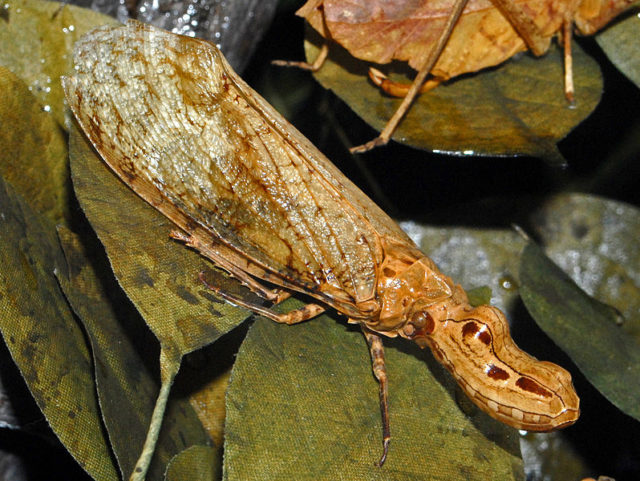
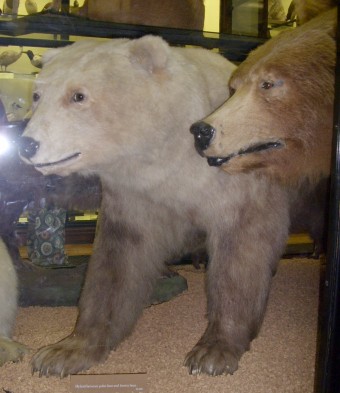
My first Mystery Monday on the new blog site and I have decided to make it a fun one ;0)
So here is this week’s Mystery Creature (on the left of picture below)… it is a bear (obviously) but what kind of bear???
(Or just check out the end of week reveal here)

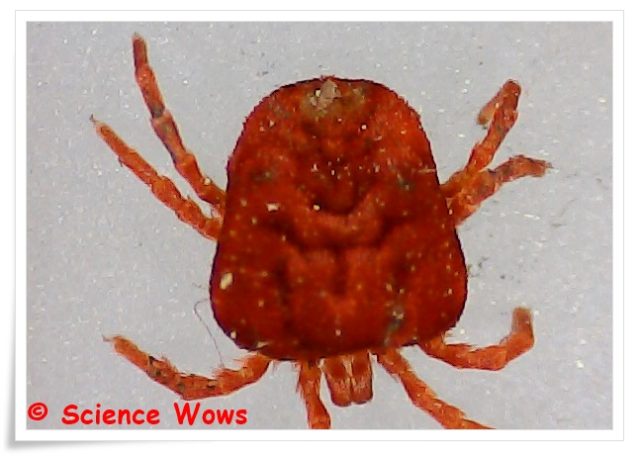
Week 8th to 14th July 2013